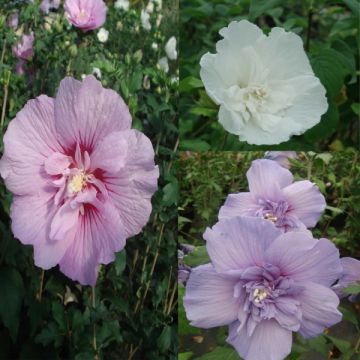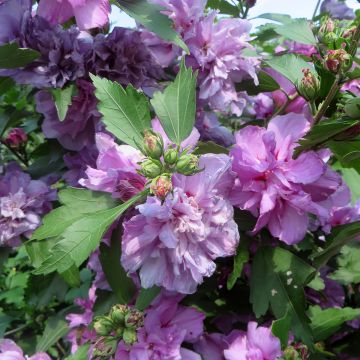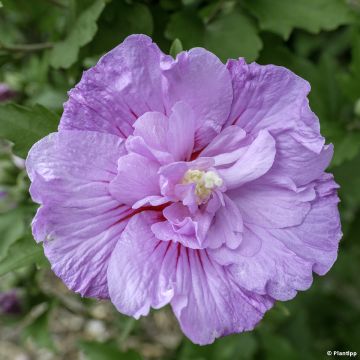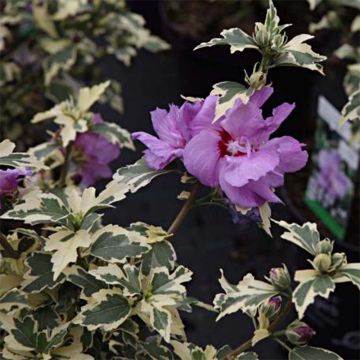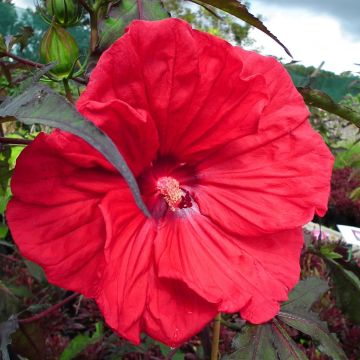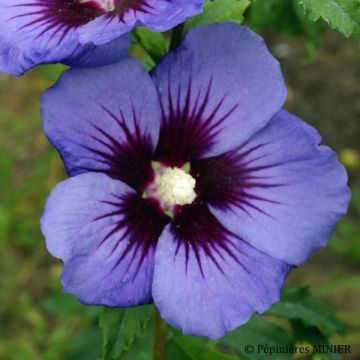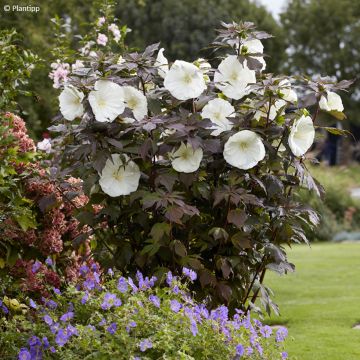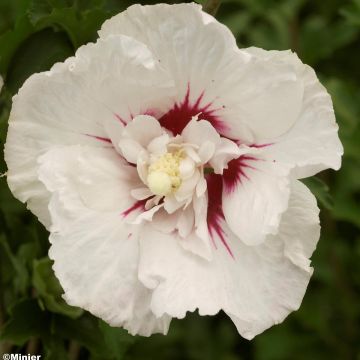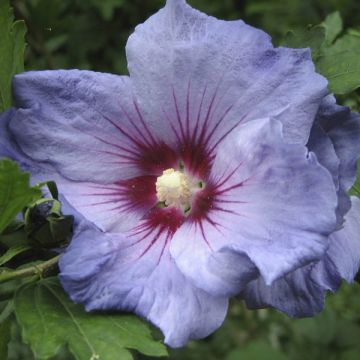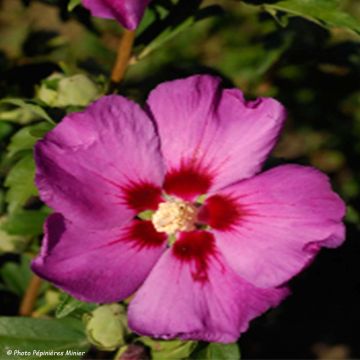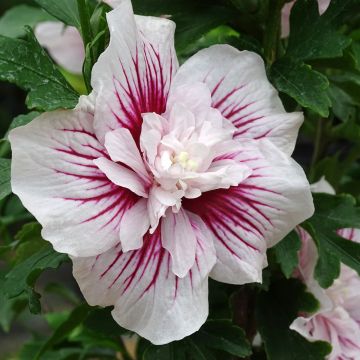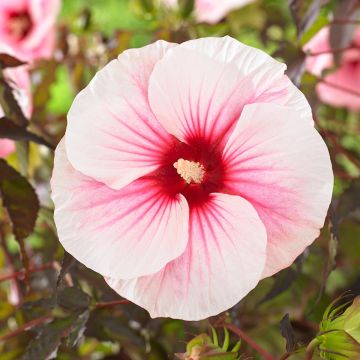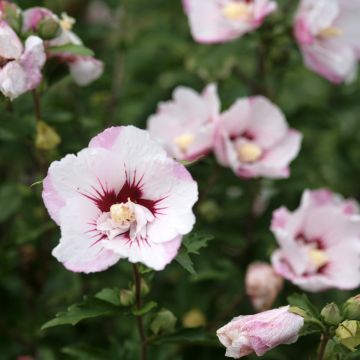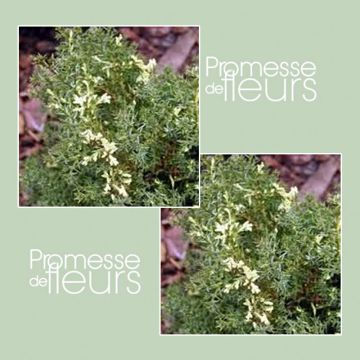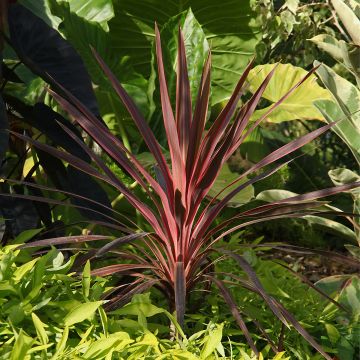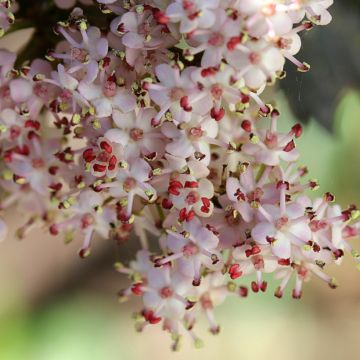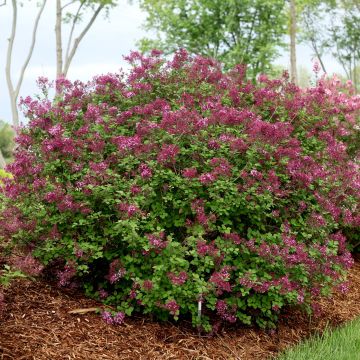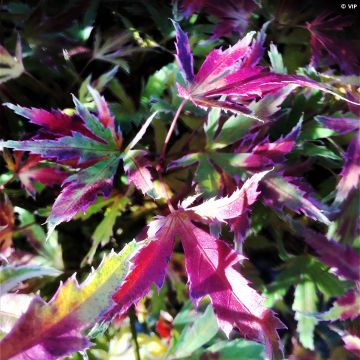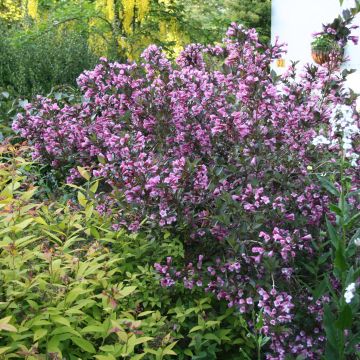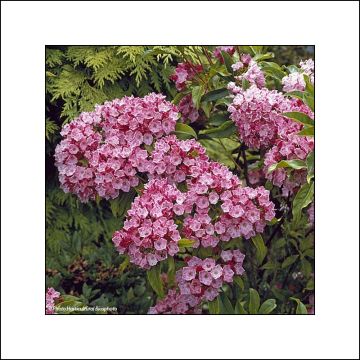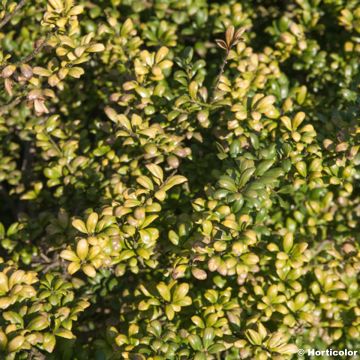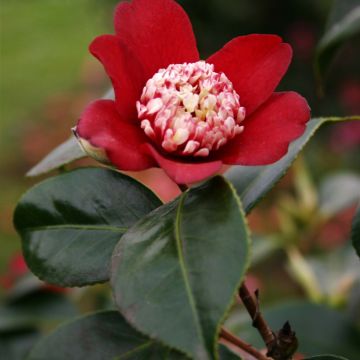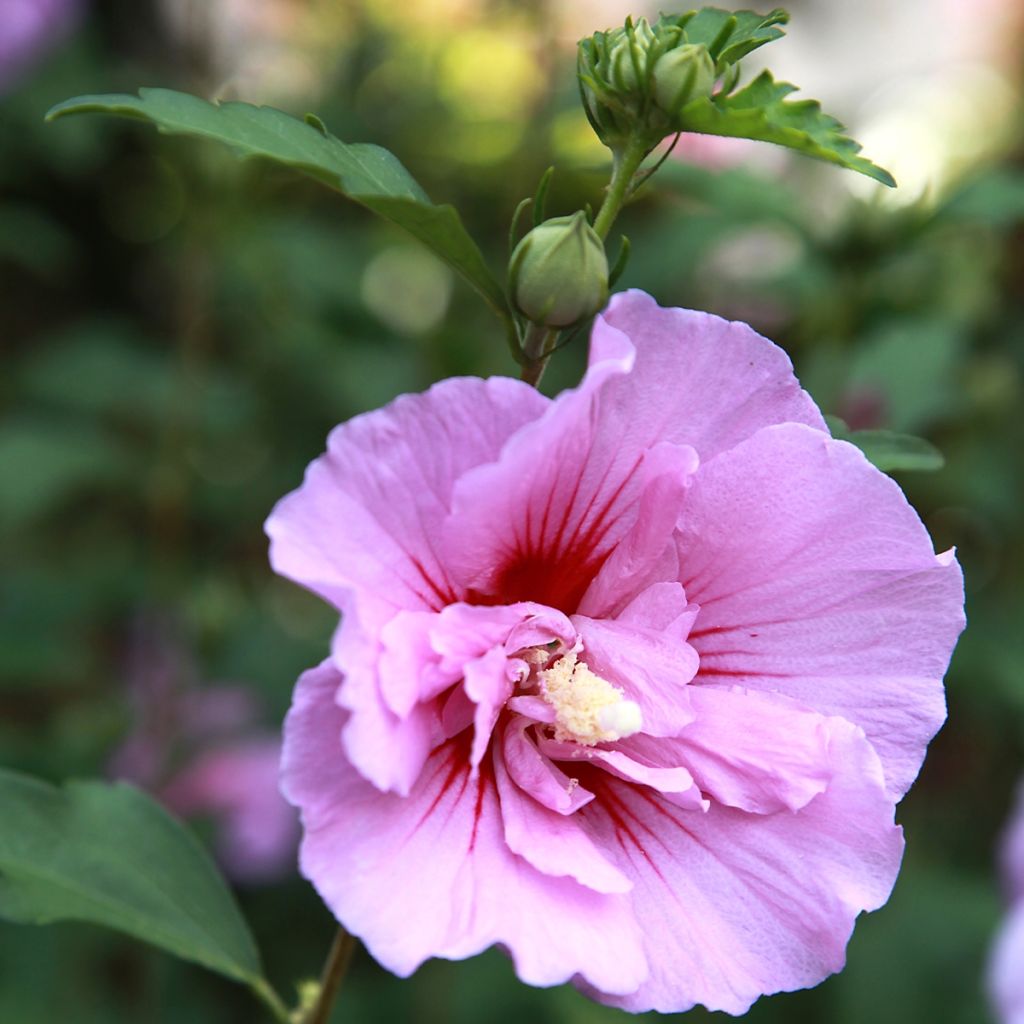

Hibiscus syriacus Purple Pillar - Rose of Sharon
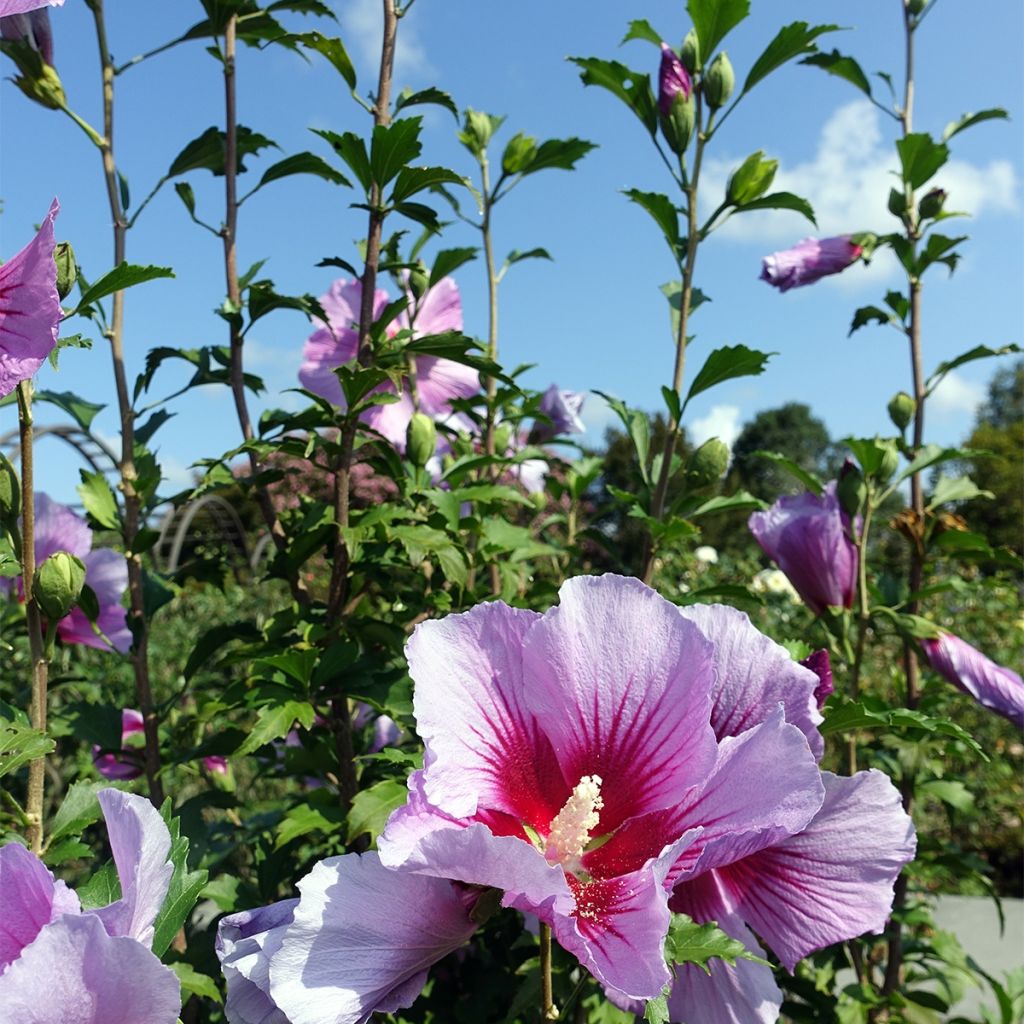

Hibiscus syriacus Purple Pillar - Rose of Sharon
Hibiscus syriacus Purple Pillar - Rose of Sharon
Hibiscus syriacus PURPLE PILLAR PBR
Common Hibiscus, Rose of Sharon, Syrian ketmia, St Joseph's rod, Garden Hibiscus
Why not try an alternative variety in stock?
View all →This plant carries a 24 months recovery warranty
More information
We guarantee the quality of our plants for a full growing cycle, and will replace at our expense any plant that fails to recover under normal climatic and planting conditions.
Oversize package: home delivery by special carrier from €6.90 per order..
Express home delivery from €8.90.
Delivery to Corse prohibited: UE law prohibits the import of this plant from mainland France to Corse as part of the fight against Xylella fastidiosa. Please accept our sincere apologies.
More information
Does this plant fit my garden?
Set up your Plantfit profile →
Description
The Hibiscus syriacus 'Purple Pillar' is a variety with a very upright and narrow habit, which can be grown in pots, hedges, or borders. Throughout the summer, it is adorned with beautiful semi-double flowers in a lovely mauve pink with a purple heart. Its unique columnar habit makes it an aesthetic and suitable plant for any garden, even small ones. Very hardy, tolerating most soils that are not too dry, this bush grows in the sun, but does not tolerate cold winter winds. Very easy to grow, it is an excellent choice, one of the best summer-flowering shrubs.
The Hibiscus syriacus, sometimes called Rose of Sharon, is a hardy, deciduous shrub in our climate, but its foliage remains evergreen in winter in warm climates. It belongs to the Malvaceae family, along with lavateras, hollyhocks, and marshmallows. It is native to temperate regions of Asia (Korea, China, India) and has given rise to numerous cultivars that are hardier and more floriferous than ever!
'Purple Pillar' (synonym 'Gandini Santiago') is a particularly original variety due to its very narrow upright habit, which distinguishes it from classic Rose of Sharon. This bush can reach up to 4 metres (13 feet 1 inches) in height if not pruned, without exceeding 90 cm (35.4 in) in width. This allows it to be used as a hedge, and since it is recommended to prune it severely every year, it can also be grown in a pot to decorate a terrace. Its columnar habit, slightly conical, is particularly graphic. Its beautiful bright green foliage, composed of small leaves, provides a beautiful setting for its absolutely charming flowering. From July to September, it produces short-lived flowers that are quickly replaced with more, adorned with a purple heart on a mauve pink background. Semi-double, they have a slightly wrinkled and romantic appearance, evoking the lightness of crepe paper decorations. Distributed throughout the height of the bush, they justify its name "Purple Pillar". In autumn, when the flowering finally stops, the deciduous foliage becomes decorative, turning yellow before falling.
Despite its exotic appearance, it is very resistant to cold (down to -20°C) and very easy to grow. Preferring full sun, or partial shade in warm climates, it adapts to most soils, even limestone, except for those that are too wet or too dry.
With its distinctly columnar habit, the 'Purple Pillar' Hibiscus is well suited for creating medium-sized hedges. It can be planted alongside Forsythias, whose bright yellow flowering replaces the often timid blooms early in the season. In spring, the flowering of Weigelas will provide a spectacle, and by opting for a variety of purple foliage like Weigela florida Alexandra, you can enjoy a pleasant contrast of foliage throughout the season. The little-known Buddleia alternifolia, with its delicately arching branches covered in lilac pink flowers spirally arranged, will then transition to the flowering of our Hibiscus. Finally, the classic but irreplaceable Callicarpa bodinieri Profusion will close the season with its autumn colours and many small decorative fruits throughout winter.
Report an error about the product description
Hibiscus syriacus Purple Pillar - Rose of Sharon in pictures
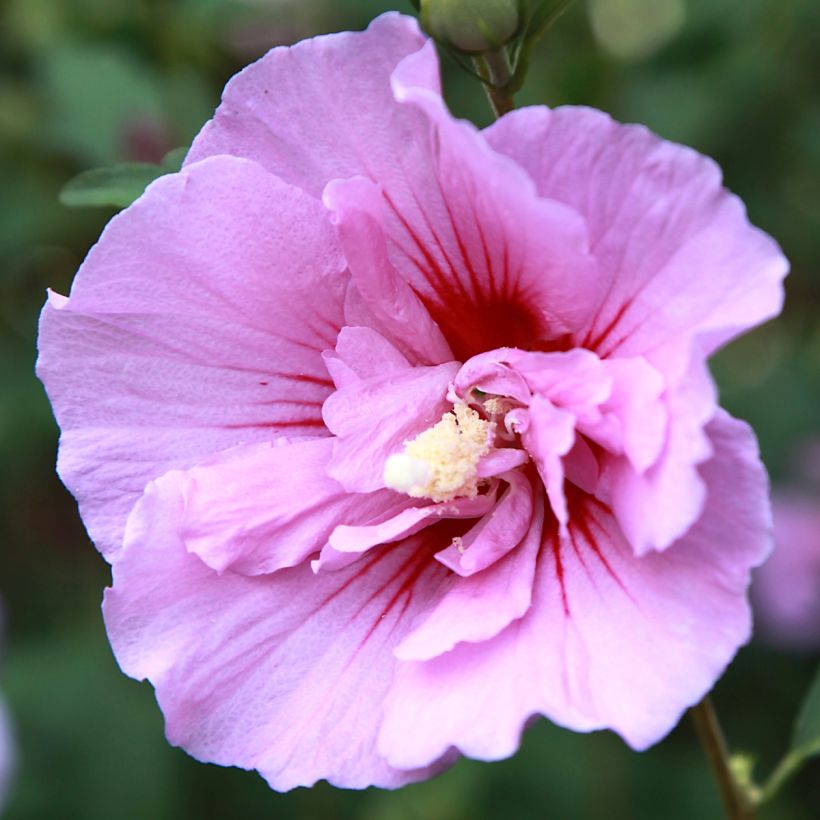

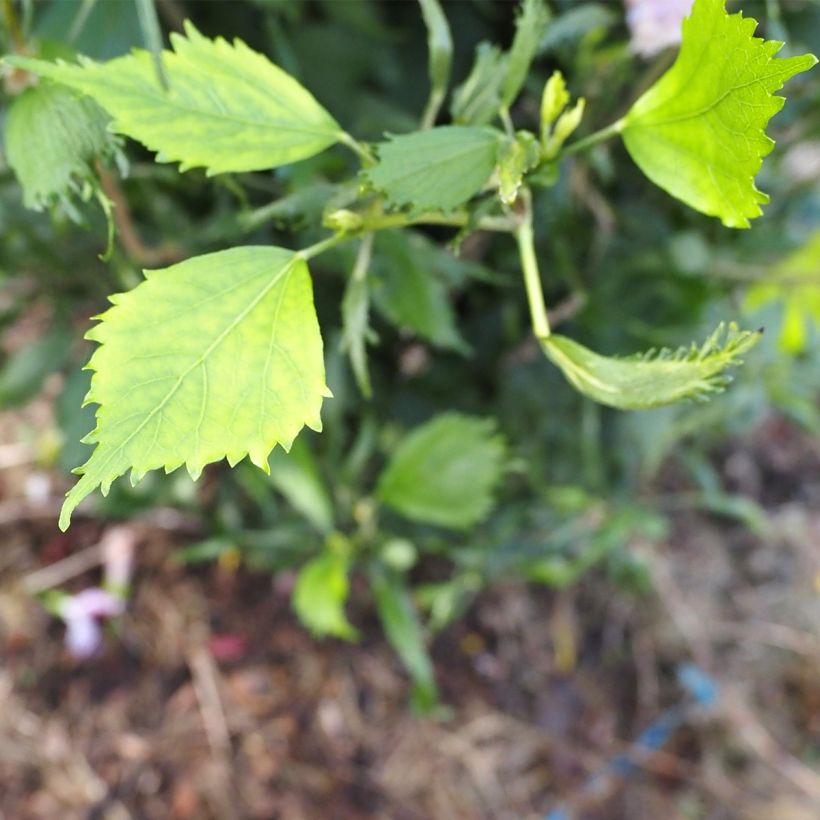

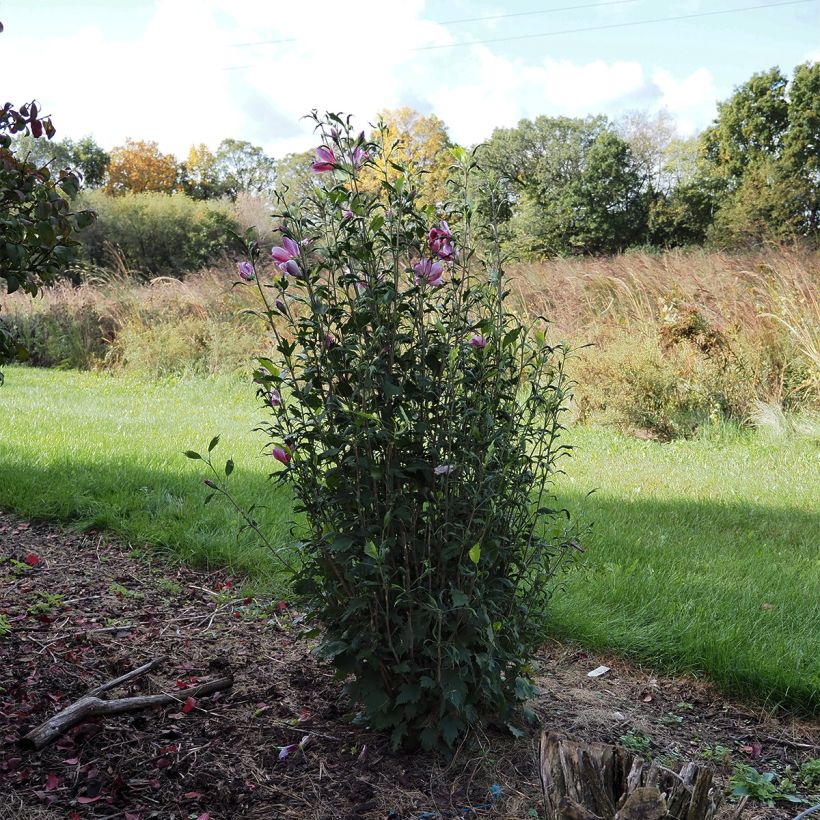

Plant habit
Flowering
Foliage
Botanical data
Hibiscus
syriacus
PURPLE PILLAR PBR
Malvaceae
Common Hibiscus, Rose of Sharon, Syrian ketmia, St Joseph's rod, Garden Hibiscus
Cultivar or hybrid
Other Hibiscus
Planting and care
If you plan to plant a 'Purple Pillar' Hibiscus, choose a sunny spot in spring or autumn. If you live in a warmer climate, partial shade is suitable. The soil should be deep, well-drained and fertile. If it needs improvement, add compost and sand. After planting, water it well. It's normal for the bush to start growing vegetation in May. A mature plant can withstand temperatures as low as -20°C. This bush grows everywhere except in the mountains or very cold areas during winter.
Shrub Hibiscus can handle heat and occasional dry soil, but it's best to grow them in soil that retains moisture during summer. If necessary, add mulch around the base of the plants and water them when needed. If you prefer to grow this narrow-growing variety in a container, prune it yearly at the end of winter to limit its height.
Planting period
Intended location
Care
This item has not been reviewed yet - be the first to leave a review about it.
Shrubs for pots
Haven't found what you were looking for?
Hardiness is the lowest winter temperature a plant can endure without suffering serious damage or even dying. However, hardiness is affected by location (a sheltered area, such as a patio), protection (winter cover) and soil type (hardiness is improved by well-drained soil).

Photo Sharing Terms & Conditions
In order to encourage gardeners to interact and share their experiences, Promesse de fleurs offers various media enabling content to be uploaded onto its Site - in particular via the ‘Photo sharing’ module.
The User agrees to refrain from:
- Posting any content that is illegal, prejudicial, insulting, racist, inciteful to hatred, revisionist, contrary to public decency, that infringes on privacy or on the privacy rights of third parties, in particular the publicity rights of persons and goods, intellectual property rights, or the right to privacy.
- Submitting content on behalf of a third party;
- Impersonate the identity of a third party and/or publish any personal information about a third party;
In general, the User undertakes to refrain from any unethical behaviour.
All Content (in particular text, comments, files, images, photos, videos, creative works, etc.), which may be subject to property or intellectual property rights, image or other private rights, shall remain the property of the User, subject to the limited rights granted by the terms of the licence granted by Promesse de fleurs as stated below. Users are at liberty to publish or not to publish such Content on the Site, notably via the ‘Photo Sharing’ facility, and accept that this Content shall be made public and freely accessible, notably on the Internet.
Users further acknowledge, undertake to have ,and guarantee that they hold all necessary rights and permissions to publish such material on the Site, in particular with regard to the legislation in force pertaining to any privacy, property, intellectual property, image, or contractual rights, or rights of any other nature. By publishing such Content on the Site, Users acknowledge accepting full liability as publishers of the Content within the meaning of the law, and grant Promesse de fleurs, free of charge, an inclusive, worldwide licence for the said Content for the entire duration of its publication, including all reproduction, representation, up/downloading, displaying, performing, transmission, and storage rights.
Users also grant permission for their name to be linked to the Content and accept that this link may not always be made available.
By engaging in posting material, Users consent to their Content becoming automatically accessible on the Internet, in particular on other sites and/or blogs and/or web pages of the Promesse de fleurs site, including in particular social pages and the Promesse de fleurs catalogue.
Users may secure the removal of entrusted content free of charge by issuing a simple request via our contact form.
The flowering period indicated on our website applies to countries and regions located in USDA zone 8 (France, the United Kingdom, Ireland, the Netherlands, etc.)
It will vary according to where you live:
- In zones 9 to 10 (Italy, Spain, Greece, etc.), flowering will occur about 2 to 4 weeks earlier.
- In zones 6 to 7 (Germany, Poland, Slovenia, and lower mountainous regions), flowering will be delayed by 2 to 3 weeks.
- In zone 5 (Central Europe, Scandinavia), blooming will be delayed by 3 to 5 weeks.
In temperate climates, pruning of spring-flowering shrubs (forsythia, spireas, etc.) should be done just after flowering.
Pruning of summer-flowering shrubs (Indian Lilac, Perovskia, etc.) can be done in winter or spring.
In cold regions as well as with frost-sensitive plants, avoid pruning too early when severe frosts may still occur.
The planting period indicated on our website applies to countries and regions located in USDA zone 8 (France, United Kingdom, Ireland, Netherlands).
It will vary according to where you live:
- In Mediterranean zones (Marseille, Madrid, Milan, etc.), autumn and winter are the best planting periods.
- In continental zones (Strasbourg, Munich, Vienna, etc.), delay planting by 2 to 3 weeks in spring and bring it forward by 2 to 4 weeks in autumn.
- In mountainous regions (the Alps, Pyrenees, Carpathians, etc.), it is best to plant in late spring (May-June) or late summer (August-September).
The harvesting period indicated on our website applies to countries and regions in USDA zone 8 (France, England, Ireland, the Netherlands).
In colder areas (Scandinavia, Poland, Austria...) fruit and vegetable harvests are likely to be delayed by 3-4 weeks.
In warmer areas (Italy, Spain, Greece, etc.), harvesting will probably take place earlier, depending on weather conditions.
The sowing periods indicated on our website apply to countries and regions within USDA Zone 8 (France, UK, Ireland, Netherlands).
In colder areas (Scandinavia, Poland, Austria...), delay any outdoor sowing by 3-4 weeks, or sow under glass.
In warmer climes (Italy, Spain, Greece, etc.), bring outdoor sowing forward by a few weeks.

































